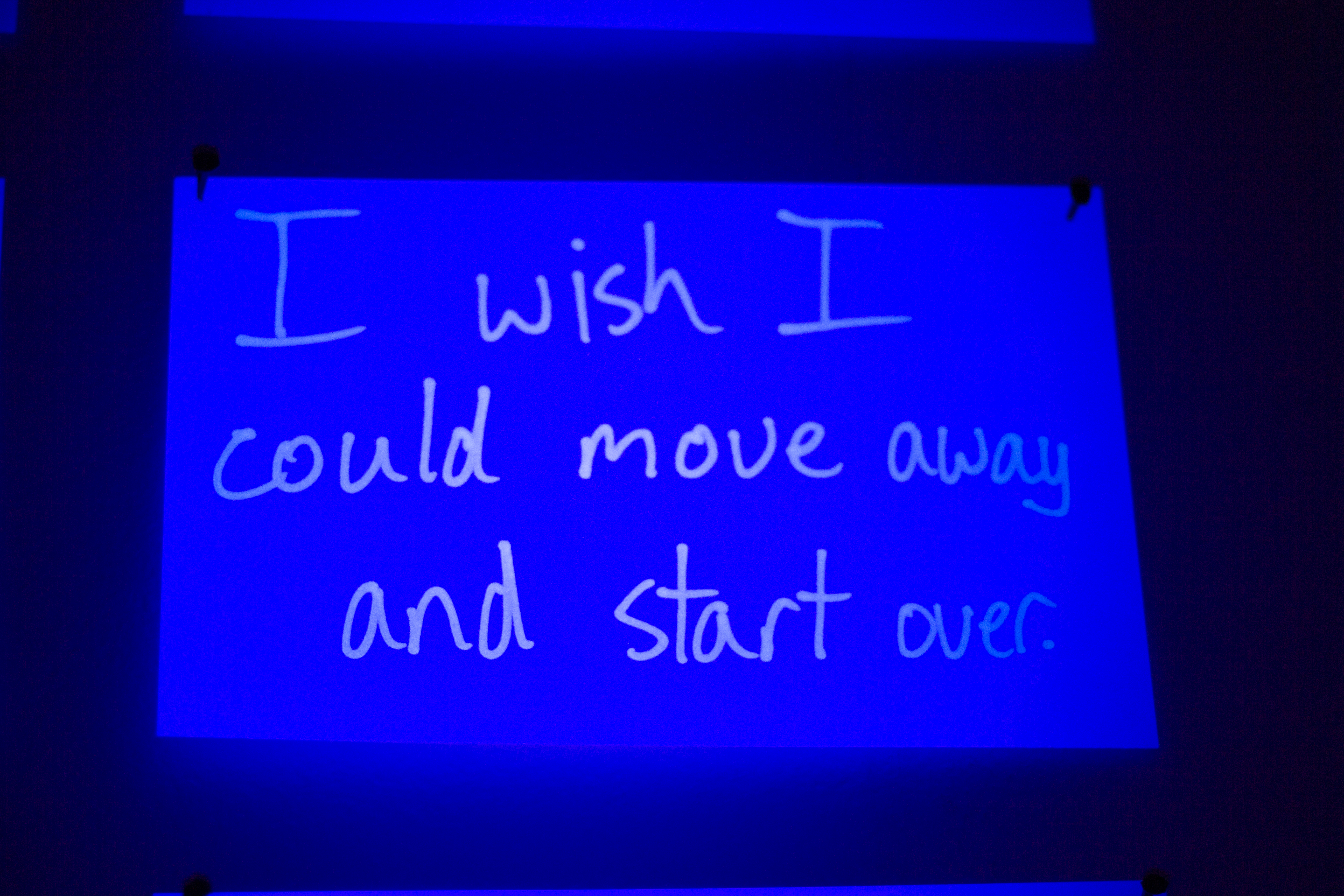SFCC is home to many talented art instructors and student artists who are working hard on exceptional exhibits, some of which are currently being offered on campus for your viewing pleasure.
“We have a really great faculty here at SFCC,” art instructor Tobe Harvey said. “Everyone makes art; a lot of art, and we are engaged in the community here. We pretty much have something happening around town every month. It’s nice to see everyone involved with the community here.”
Harvey, who has been an artist for over 25 years, says anything around you can become art.
“I have made a lot of art by going to yard sales and finding the perfect piece to go with another piece and connect them all,” Harvey said. “I loved inventing new ways for those things to go together. I loved putting all those found objects together, and putting them together in an interesting way.”
Although Harvey prefers two-dimensional painting and drawing with different mediums, in the past he has made some three-dimensional artwork pieces.
“I can look at the world and see that anything can be put together in a cool way and that can be art,” Harvey said. “Drawing on paper is my comfort zone. Drawing is something that I’ve always done and is more comfortable for me.”
One of SFCC’s art instructors, “ Bradd Skubinna, has created “incredible installations” using recycled items, Harvey said.
SFCC is currently hosting an installation art exhibit in the fine arts gallery in building 6. Installation art is typically 3D art that is site-specific and designed to transform the perception of a space in which it is displayed.
Students are encouraged to attend “The Things I Could Not Say” installation exhibit. This exhibit focuses on secrets and is a collaboration between Portland glass artist/installation artist Jen Fuller and SFCC art students Candice Brennan, Johannah Cole, James Davis Jr, Michelle Estelle, Aylish Morehouse, Alexandra Nickerson, and Madison Tarbox.

Secrets will be exposed in the “The Things I Could Not Say” interactive exhibition. This exhibition strives to unify our sense of humanity and prove that we aren’t really alone or so different.
“I became an artist because I was trying to find a visual way to describe different aspects of the human condition, and language wasn’t serving me well at the time,” Fuller said. “When I found glass as a medium I was suddenly able to mimic the fragility, transparency, and inner light of people and various emotions.”
Fuller was an apprentice under two artists: a glass artist in Canada by the name of Warren Carther and Portland Metal artist Steve Tilden.
“For the most part, I’m self taught,” Fuller said, “but as I’ve started mastering my medium I find myself in teaching positions and I end up learning a lot from the students and other instructors I work with, as well.”
In interactive art, spectators interact with the art by walking around or among the artwork, or are asked to participate in some way. Here at SFCC, secrets (or topics that are hard to discuss) were solicited in an anonymous format. These secrets will be illuminated in a light immersive, 3D display.
“I love installation art,” Fuller said. “I think the combination of materials I’m using (glass, steel, and light) is an unusual and highly contrasted pairing. Also the fact that most of my work is a sight specific reaction, and made conceptually specific for the place in which it is shown makes it particularly unique.”
Fuller uses many recycled or repurposed materials in her artwork.
“I obtain my materials largely from reclaimed sources like the landfill or people who have large piles of old storm windows laying around,” Fuller said. “Sometimes I buy fused compatible glass for color, but very rarely. I’m interested in materials that have history, but also glass is extraordinarily expensive to work with, so I made a name for myself accidentally by using found glass as a way to get around cost limitations so I could work large scale.”
Fuller said making a living as an artist is not for the faint of heart.
“It’s possible to make a life and a living being a creative, but it takes a serious amount of grit and tenacity, as well as innovation and motivation,” Fuller said.
Fuller said to use a support network if you plan to open your own business.
“Being successful in this industry is about who you know,” Fuller said, “and how you establish a reputation for your work style and ability to execute your ideas even when they seem impossible.”
Fuller shared some advice for students.
“I always tell students the job isn’t about feeling good, or being comfortable making something,” Fuller said. “The job is about being a problem solver and finding a way to make a vision stick and sticking to your deadlines even if everything is going awry.”
Fuller will participate in an “Artist Talk” on March 14 beginning at 11:30 a.m. The lecture will be held in building 24, room 110 with a reception to follow in building 6.
“I will be hosting a talk and gallery walk through in the art gallery at SFCC,” Fuller said. “I will be discussing secrets, the process involved with making an installation from the things people have a hard time talking about, and I will be talking about the death art I started creating last year, which was the base concept that started this installation for myself.”


